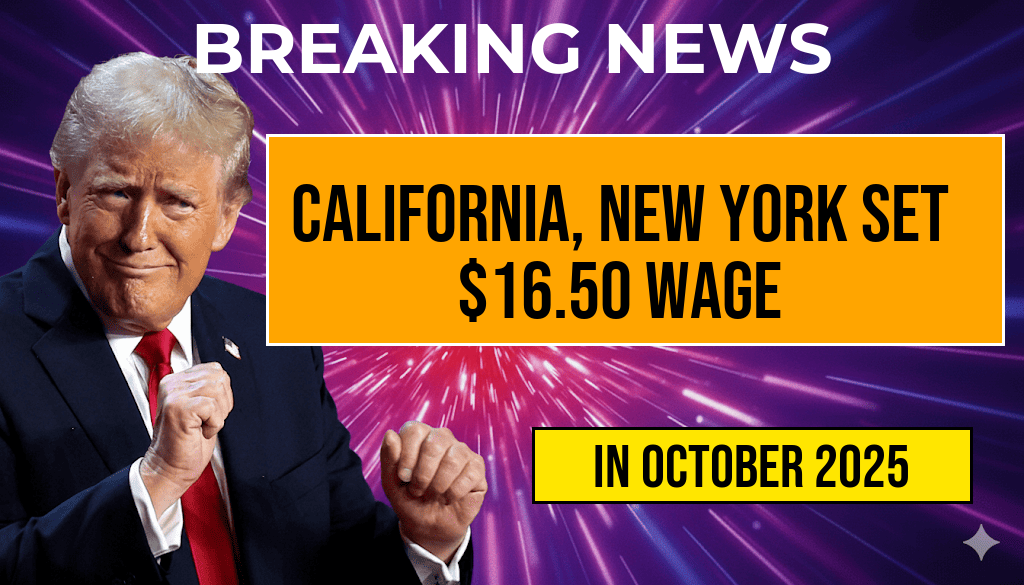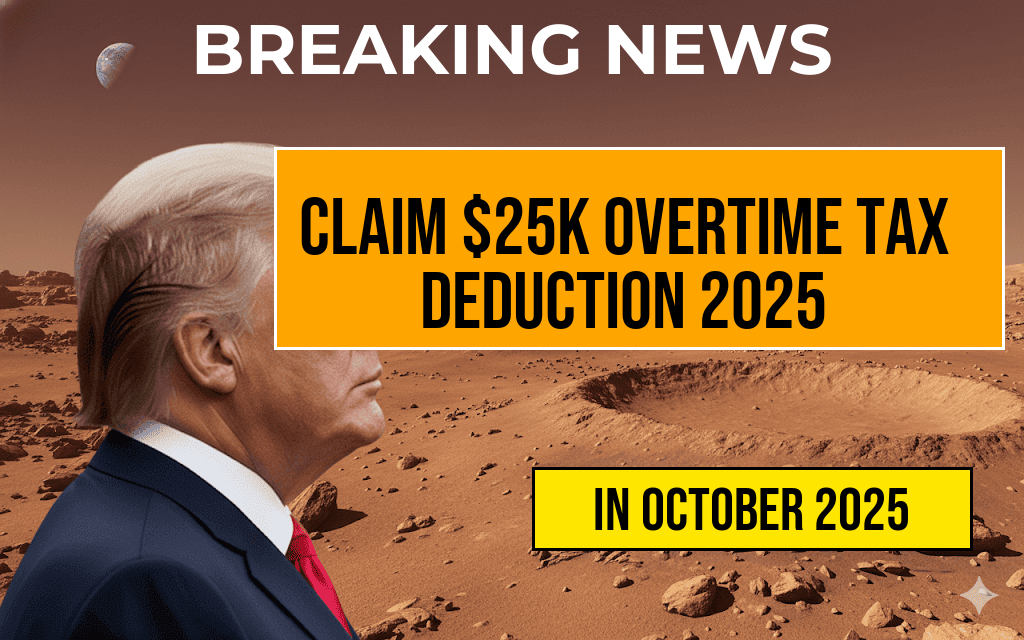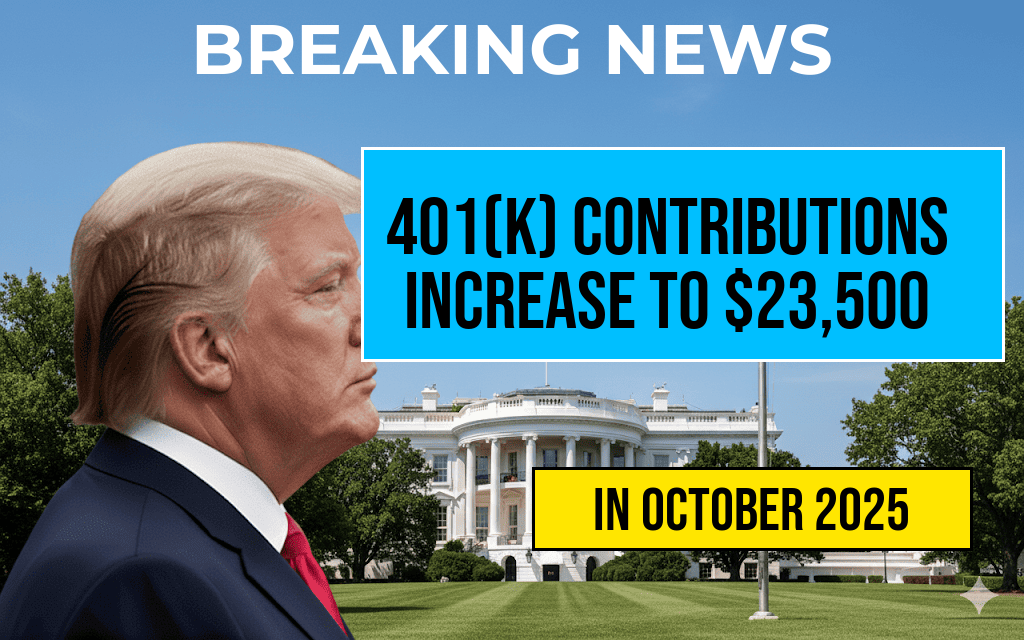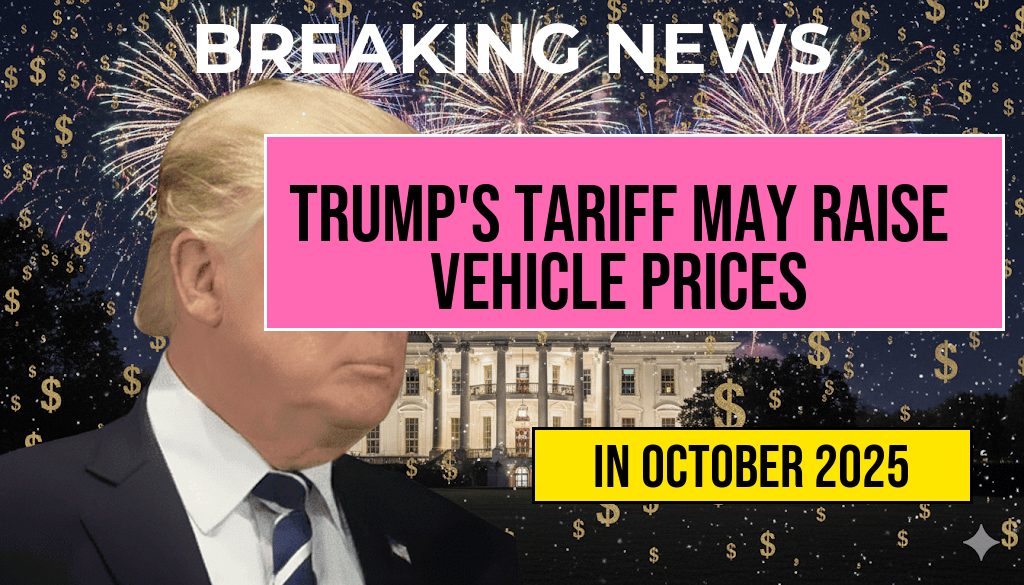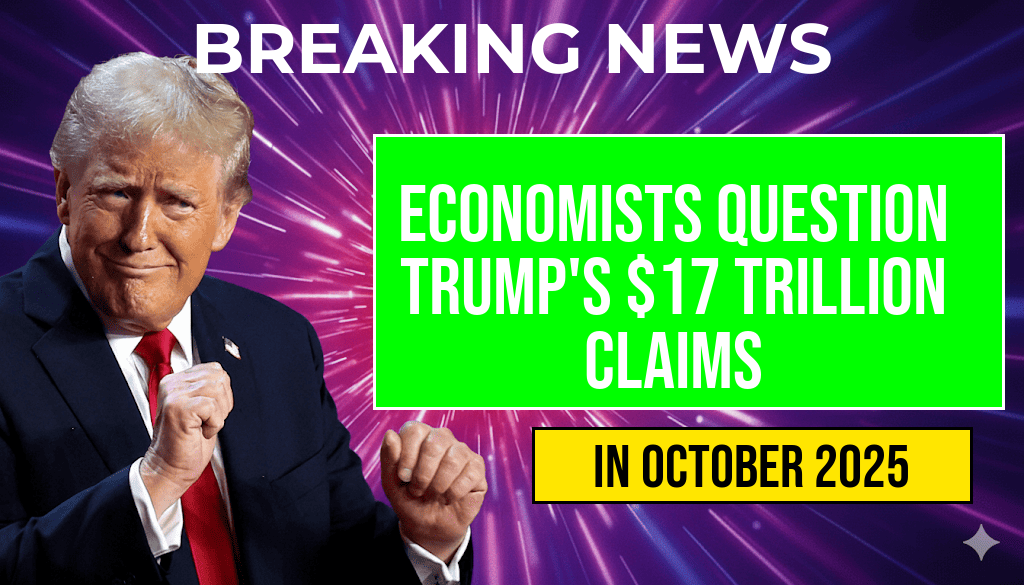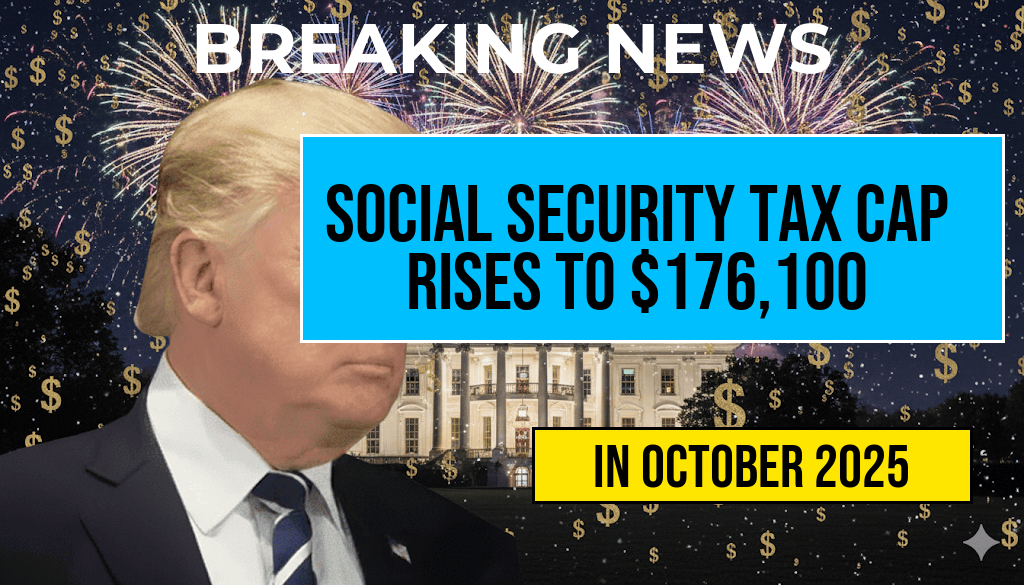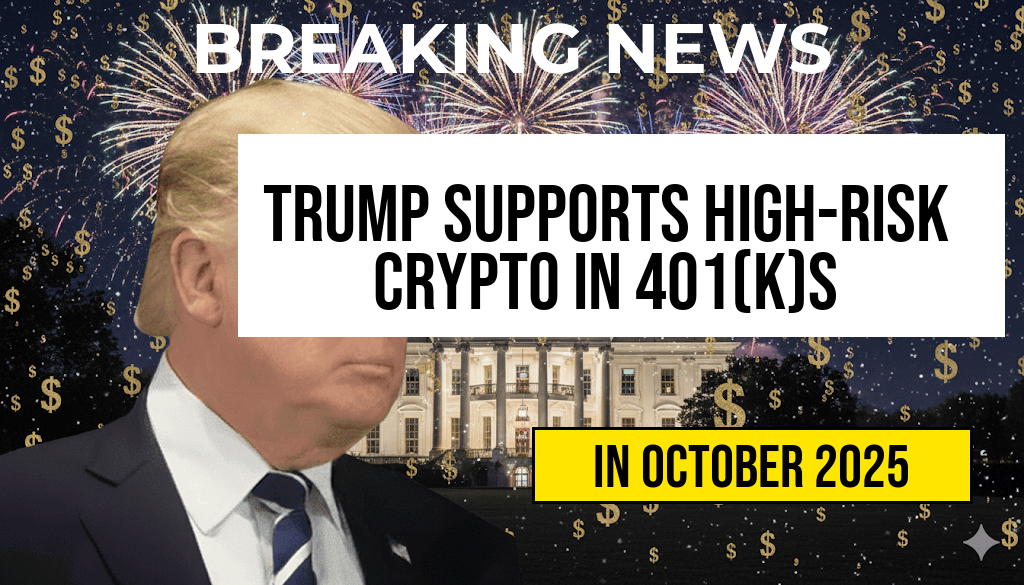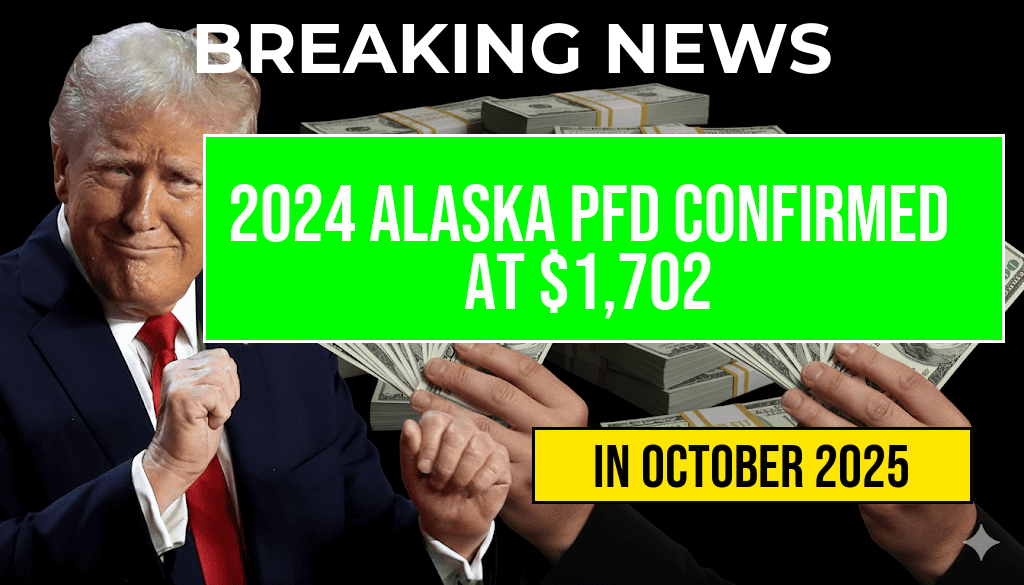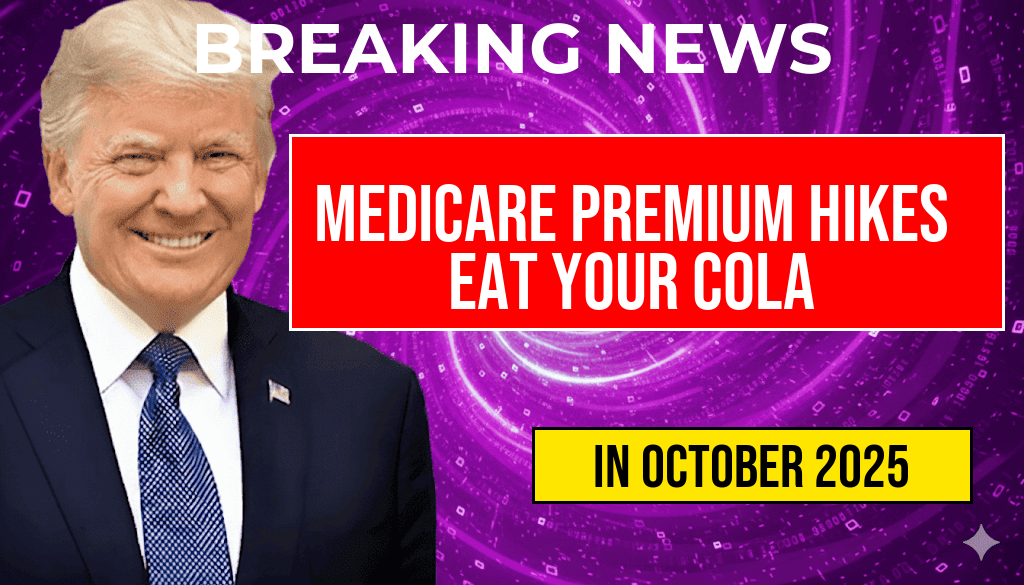Recent statements from former President Donald Trump regarding a projected $17 trillion global investment have sparked significant debate among economists and financial analysts. During a rally in North Carolina, Trump asserted that his administration had facilitated unprecedented levels of investment in various sectors, claiming that this figure represents foreign investments that would flood into the U.S. economy. However, experts have quickly challenged these assertions, citing discrepancies in the figures and questioning the methodologies used for these estimates. As the discourse surrounding economic recovery and investment strategies intensifies, the implications of these claims could affect both public perception and policy discussions.
The Context of Trump’s Claims
Trump’s statement came during a period of heightened political tension, as both parties gear up for the upcoming elections. His remarks aimed to highlight the successes of his previous administration in promoting American business interests abroad. He pointed to a variety of sectors, including technology, manufacturing, and infrastructure, claiming that these investments would create millions of jobs and revitalize the economy.
Economists Respond
In response to Trump’s bold assertion, several economists have voiced skepticism. Many have labeled the $17 trillion figure as inflated, arguing that it does not accurately reflect the actual foreign direct investment (FDI) in the United States. Critics have pointed out that while there has been an increase in FDI since Trump’s presidency, the methods used to calculate such a high figure are questionable.
Key Points of Contention
- Methodology Issues: Economists emphasize that Trump’s calculations may include projected investments rather than actual inflows. This distinction is crucial, as projections often rely on optimistic assumptions that may not materialize.
- Comparative Data: Analysts note that the historical context of FDI levels indicates fluctuations that are not solely attributable to the previous administration’s policies. For instance, a report from the Forbes details trends in global investment patterns that suggest broader economic forces at play.
- Job Creation Claims: While Trump asserted that these investments would lead to significant job creation, economists argue that the correlation between FDI and job growth is complex and not always direct.
Analysis of Current Investment Trends
To better understand the landscape of foreign investment, it is essential to analyze current trends. According to the Wikipedia page on foreign direct investment, the U.S. has seen varying levels of FDI over the years, influenced by political, economic, and global conditions. Recent statistics show that while FDI has rebounded post-pandemic, it remains below levels seen before 2016.
| Year | FDI Inflow (in Trillions) |
|---|---|
| 2016 | $2.6 |
| 2017 | $2.7 |
| 2018 | $3.0 |
| 2019 | $3.1 |
| 2020 | $2.5 |
| 2021 | $4.0 |
| 2022 | $3.8 |
| 2023 | $3.6 (proj.) |
The Political Ramifications
As the debate continues, the political ramifications of Trump’s claims could be substantial. Political analysts suggest that exaggerated figures may mislead voters and distract from the real economic challenges facing the country. Furthermore, with the midterm elections approaching, both parties are likely to leverage these narratives to bolster their platforms.
Conclusion
The discourse surrounding Trump’s $17 trillion global investment claims reveals a larger narrative about economic policy and foreign investment in the U.S. As economists challenge the validity of these figures, it is crucial for the public and policymakers to discern between rhetoric and reality. Understanding the complexities of foreign investment will be key as the nation navigates its economic future.
Frequently Asked Questions
What are the main claims made by Trump regarding the $17 trillion global investment?
Trump claims that his administration has facilitated a $17 trillion increase in global investment, suggesting that this figure reflects economic growth and international confidence in the U.S. economy.
Why are economists challenging these claims?
Economists argue that the $17 trillion figure is misleading, pointing out that it does not accurately represent new investments directly attributable to Trump’s policies or administration.
What evidence do economists provide to support their challenge?
They highlight that many of the investments cited existed prior to Trump’s presidency and are part of ongoing trends rather than direct results of his economic policies.
What impact could these claims have on public perception?
If widely accepted, Trump’s investment claims could bolster his administration’s credibility, influencing public opinion and potentially impacting future economic policies.
How do economists suggest the investment figures should be interpreted?
Economists recommend a more nuanced interpretation of investment figures, emphasizing the need to differentiate between actual new investments and existing commitments that may not be directly linked to recent policy changes.

